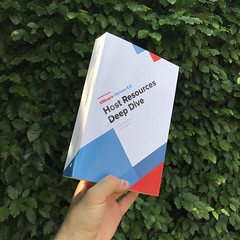 Yesterday I was fortunate enough to receive a copy of a new book by Frank Denneman and Niels Hagoort. This new book is titled Host Resources Deep Dive and is available as of today in the US through Amazon. As most of you know I wrote the Clustering Deepdive series together with Frank, which means I kinda knew what to expect in terms of level of depth. Kinda, as this is a whole new level of depth. I don’t think I have ever seen (for example) topics like NUMA or NIC drivers explained at this level of depth. If you ask me, it is fair to say that Frank and Niels redefined the term “deep dive”.
Yesterday I was fortunate enough to receive a copy of a new book by Frank Denneman and Niels Hagoort. This new book is titled Host Resources Deep Dive and is available as of today in the US through Amazon. As most of you know I wrote the Clustering Deepdive series together with Frank, which means I kinda knew what to expect in terms of level of depth. Kinda, as this is a whole new level of depth. I don’t think I have ever seen (for example) topics like NUMA or NIC drivers explained at this level of depth. If you ask me, it is fair to say that Frank and Niels redefined the term “deep dive”.
Some fun facts before I write a bit more about the book:
- Started writing in March 2016
- 122.543 words
- 5217 paragraphs
- 23 chapters
- 569 pages
- 311 screenshots and diagrams
- ISBN-10: 1540873064
- ISBN-13: 978-1540873064
569 pages and 120k+ words… that is a lot. Especially considering this is “only” covering “host resources” and not things like HA and DRS. It is thick, this is a proper book, I took a quick pic, just to give you an idea.
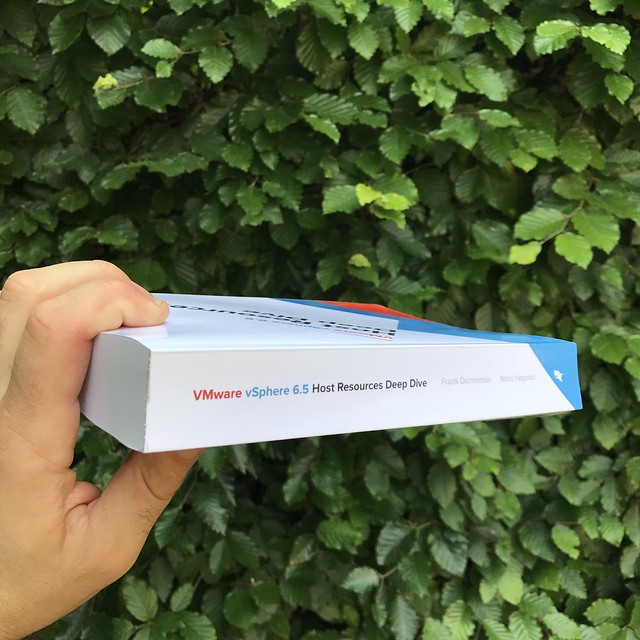
As mentioned, the topic is Host Resources, but what does that mean? The book is carved up in 4 sections: CPU, Memory, Storage and Networking. The book starts with a great foreword by VMware’s CTO Kit Colbert. And then each section starts with a prologue. Frank and Niels managed to ask 4 industry titans if you ask me to write these prologues. VMware’s CEO Pat Gelsinger wrote the CPU prologue. Carl Waldspurger, the inventor of TPS and DRS, wrote the Memory prologue. The CTO for Storage & Availability, Christos Karamanolis, wrote the Storage prologue. Last but definitely not least, Andrew Lambeth (VMware Fellow), who was responsible for the ESX network stack and was part of the team who developed NSX (in the Nicira days!), wrote the Network prologue. A great addition if you ask me to excellent content.
Now that you know the book discusses CPU, Memory, Storage and Networking, what kind of topics can you expect? Well this is what Amazon states, which is spot on: This book explains the concepts and mechanisms behind the physical resource components and the VMkernel resource schedulers, which enables you to:
- Optimize your workload for current and future Non-Uniform Memory Access (NUMA) systems.
- Discover how vSphere Balanced Power Management takes advantage of the CPU Turbo Boost functionality, and why High Performance does not.
- How the 3-DIMMs per Channel configuration results in a 10-20% performance drop.
- How TLB works and why it is bad to disable large pages in virtualized environments.
- Why 3D XPoint is perfect for the vSAN caching tier.
- What queues are and where they live inside the end-to-end storage data paths.
- Tune VMkernel components to optimize performance for VXLAN network traffic and NFV environments.
- Why Intel’s Data Plane Development Kit significantly boosts packet processing performance.
What is unique about this book, in my opinion, is that it contains details on various topics which I have not been abled to find anywhere else. I guess the fact that Frank had various conversations with the lead architect for the Intel Xeon CPU Microarchitecture helped (Chris Gianos). Some of the diagrams on NUMA for instance, I could easily see Intel wanting to use them for their documentation.
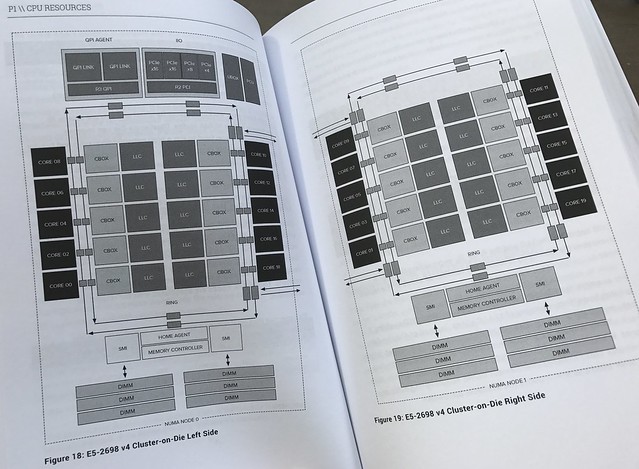
One more quote from Frank and Niels on the book, which I think describes the essence:
The idea is to debunk long-lived myths and reinvigorate the extraordinary world of virtualization. We hope to wake them up, and get them to shy away from the statement that the hypervisor is commodity. While the customers and partners where focusing on creating platforms that run on top the hypervisor, they have lost sight of the improvements of hardware and software made the last 5 years. Revealing these features allow them to create better performing systems that are easier to manage. The book is all about the focus on host level building blocks that helps you to create and operate a consistent infrastructure layer that runs modern and future compute, network and storage platforms.
What more can I say? Just go out and pick it up! Now it is time for me to relax in my chair and get educated! (Don’t tell my daughter though I am relaxing in her chair :))
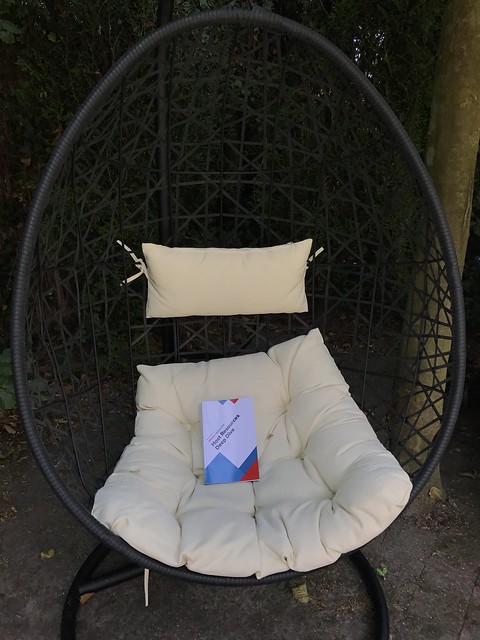
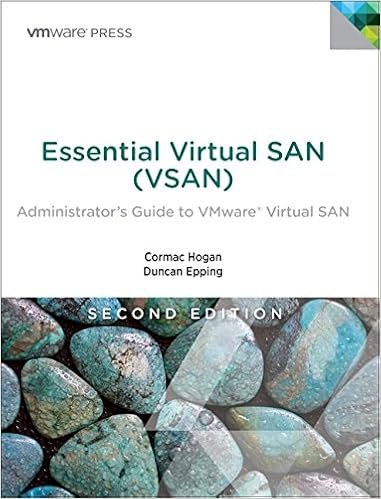
 The book was written by Gene Kim, Kevin Behr and George Spafford and the book revolves around an IT Manager (Bill) who is struggling to align IT agility / flexibility with business needs for the Phoenix Project. As I mentioned in the review many of the situations actually sounded very familiar to what I have experienced in previous roles before joining VMware, so I could relate to a lot of the challenges described in the book, and I think that is why is was also very entertaining. At the same time, it is humorous but also fairly light reading so before you know it you are a couple of chapters in.
The book was written by Gene Kim, Kevin Behr and George Spafford and the book revolves around an IT Manager (Bill) who is struggling to align IT agility / flexibility with business needs for the Phoenix Project. As I mentioned in the review many of the situations actually sounded very familiar to what I have experienced in previous roles before joining VMware, so I could relate to a lot of the challenges described in the book, and I think that is why is was also very entertaining. At the same time, it is humorous but also fairly light reading so before you know it you are a couple of chapters in.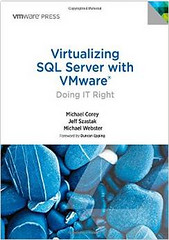 A couple of months back I received an email from Jeff Szastak. He asked me if I wanted to write a foreword for
A couple of months back I received an email from Jeff Szastak. He asked me if I wanted to write a foreword for